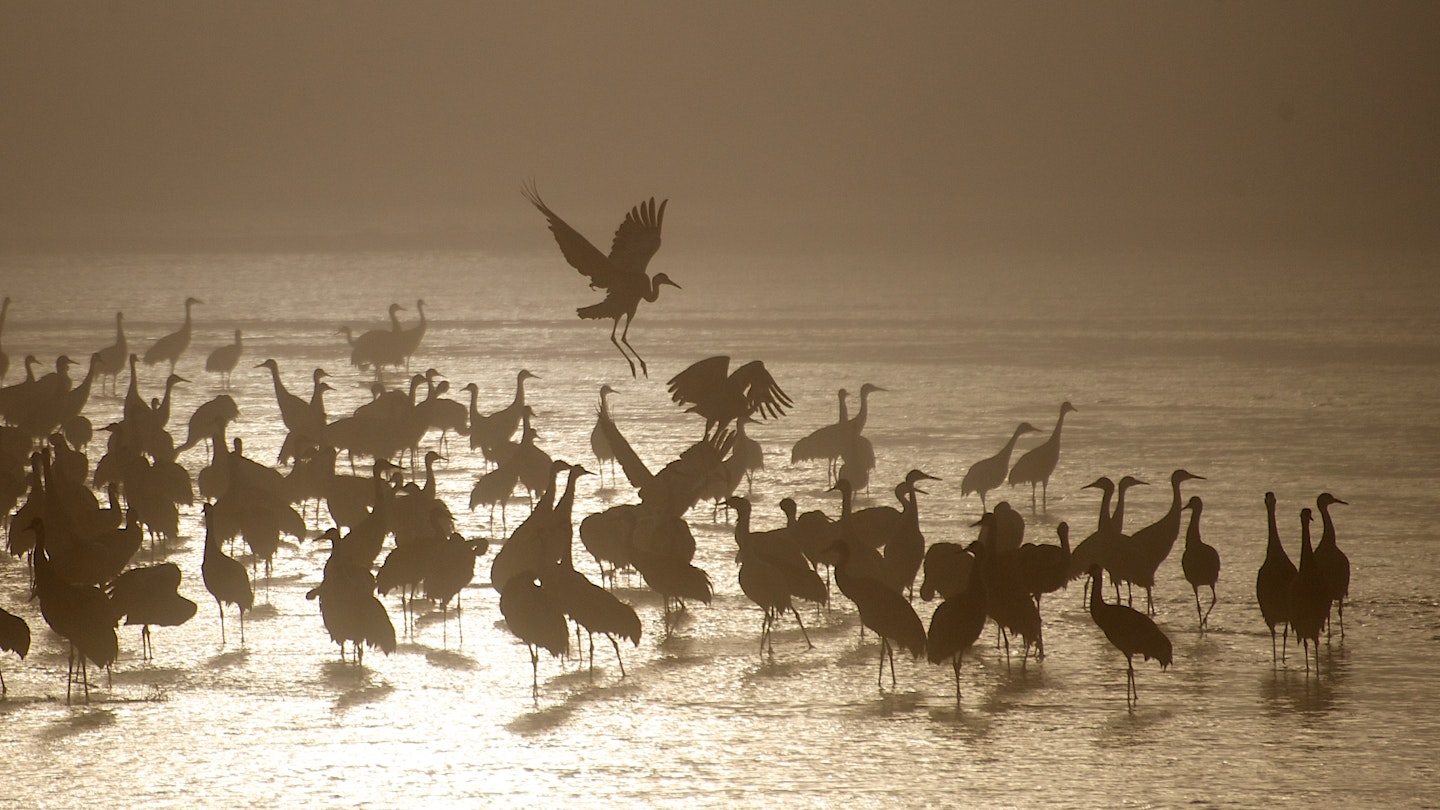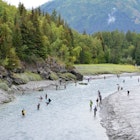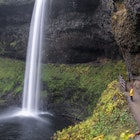Every spring the Platte River in Nebraska is transformed by one of the world’s most amazing natural avian spectacles.
Thousands of migrating Sandhill cranes make this area their temporary home from February to April on their way to their nesting grounds in the north.
Their brief stop also draws in another set of migratory visitors. Bird watchers and nature lovers alike travel from around the world to witness the annual natural event.
This year’s migration is set to be particularly spectacular, as conservation efforts have seen a marked increase in the number of Sandhill cranes this year. Lucky bird watchers may also be able to spot the critically endangered whooping crane, which also makes its temporary home here in the spring.

What is the Sandhill crane?
Sandhill cranes are a species of large gray and brown cranes that can be found in various freshwater wetlands in North America. They stand about three feet high, with an average wingspan of over six feet, and are known for their boisterous honking calls and graceful mating dances.
There are several subspecies of the Sandhill crane, such as the nonmigratory ones found in Mississippi and Cuba, that are endangered due to habitat destruction. However, the number of cranes that stop along the Platte River in Nebraska is actually on the rise. Last year an estimated 1.2 million cranes came through the Central Platte River Valley according to the Crane Trust, a conservation organization out of Wood River, Nebraska. The organization says there's no reason to believe this year will be any different.
"The Sandhill crane has noticed exponential growth in numbers over the past couple of decades. They're adapting to whatever humans are doing," says Brice Krohn, president of the organization. "But with that, they are losing critical habitat...so we're trying to protect the wet meadows adjacent to the Central Platte River Valley."

Why do the cranes stop in Nebraska?
While critical for the crane's development, this area is actually just a pit stop for the birds on the longer journey north to their nesting grounds in Canada and Alaska. However, this is the location where visitors can see some of the most interesting bird behaviors as this is where the young birds come to find a mate.
“They're definitely looking for a friend when they're here," Krohn says. The trust has documented at least twenty different crane behaviors and their meanings in a pamphlet available to visitors. While the birds do everything from preening to displaying, it's the beautiful and elaborate mating dances of potential suitors that most visitors come to see.
How to see the Sandhill crane migration
Both the Crane Trust Nature and Visitor Center and the nearby Iain Nicolson Audubon Center at Rowe Sanctuary have facilities for visitors interested in learning more about the cranes. Special viewing blinds are set up to prevent visitors from disturbing the animals. Biologists or other experts are on hand to educate visitors about the cranes and the local environment, as well as answer any questions.
Viewing tours typically last around two hours, however, both organizations offer overnight options, one of which includes a photography workshop. Proceeds from all of the day and overnight tours go toward conservation efforts that protect the birds and the local habitat.
The best time to take the tours is at dawn or dusk when the birds are most active. "It's a zen moment for a lot of people. Just walking out, sitting in the dark, listening to the sounds," explains Krohn. "There's a lot of beauty, a lot of art, as they come into the river to roost."
Visitors can also observe other local wildlife in the area and explore the charming downtown areas of the surrounding small towns as part of their trip as both organizations are located only a few hours' drive from Omaha or Lincoln.
You might also like
7 rewilding projects you can visit in Europe
You can be a part of worldwide coral regeneration schemes – here's how
A beginner's guide to backcountry camping: don't start your journey until you read this










